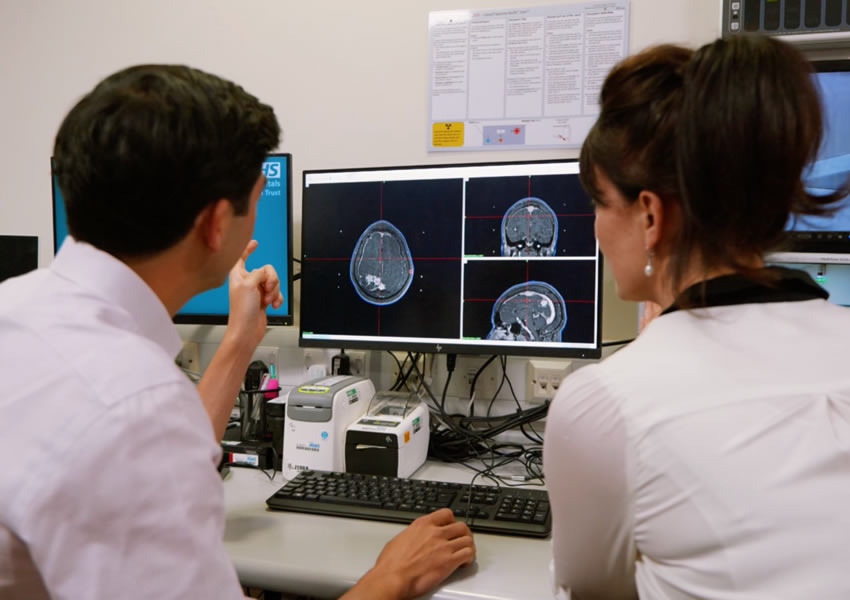Designed to power sophisticated computer systems, the ubiquitous micro:bit is being handed out to schools and education centres around the UK to help children prepare for a rapidly changing digital future.
While most schools across the four nations now offer at least basic coding lessons, children and teachers who are hungry to understand how computers work are looking for more exciting projects to do with a micro:bit.
As educators prepare for classroom-based learning again, they will likely want to make learning as fun as possible after a difficult 12 months in education. With a range of projects to undertake with the micro:bit, we have rounded up a few of our favourites.
Send a smile
Teachers probably don’t want to encourage note passing in class, but with social distancing still in place, sending a smile to a friend in another class group can help children connect digitally and aid their learning.
With a micro:bit, you can teach students to code an emoticon that they can send to another student’s coded micro:bit. Helping them spread some kindness and joy.
Help the planet
With the climate crisis top of many young student’s priorities, why not help them use the micro:bit to help with environmental projects?
The micro:bit’s accelerometer and radio features can be programmed easily to be used as tracking devices for endangered animals. Helping environmentalist with essential work that benefits the planet and student’s future.
Retro computer games
Most classroom students will be too young to remember the humble joy of guiding pixels around a tiny backlit screen. With a simple bit of code and a micro:bit, you can bring to life computer and mobile phone games such as ‘Snake’ and ‘Space Invaders’.
If you are feeling especially creative why not get your class to invent a game to code onto the micro:bit.
Big screen thinking
Although the micro:bit has been designed to fit in a child’s pocket, they are wonderful tools for collaborative projects. After so long learning from home and away from their friends, why not bring your school together and create a micro:bit big screen.
Each micro:bit will have to be coded differently by each student to create one overall message or changing message, when you place the micro:bits together on a board.
Aiding students with Autism
School can be a challenge for children with autism, especially when it comes to reading emotional queues from their fellow students.
With a few bits of simple code, you can teach children to program a micro:bit to display different emoticons. These can be worn on school uniforms and changed with a child’s mood to alert children with autism to their classmates feelings.





